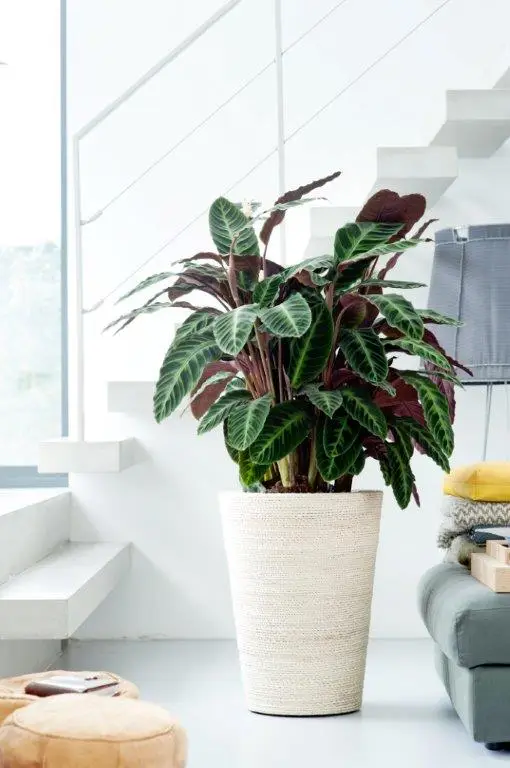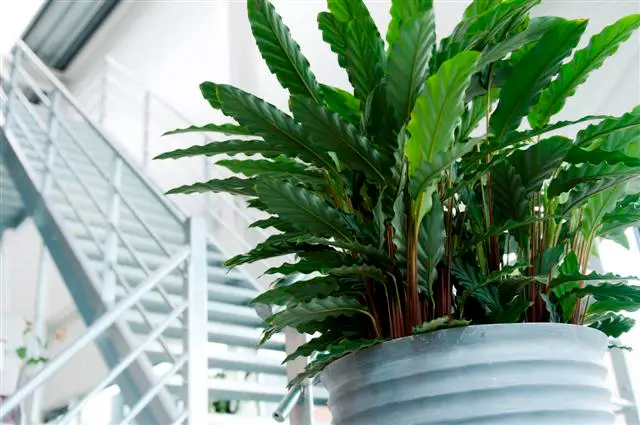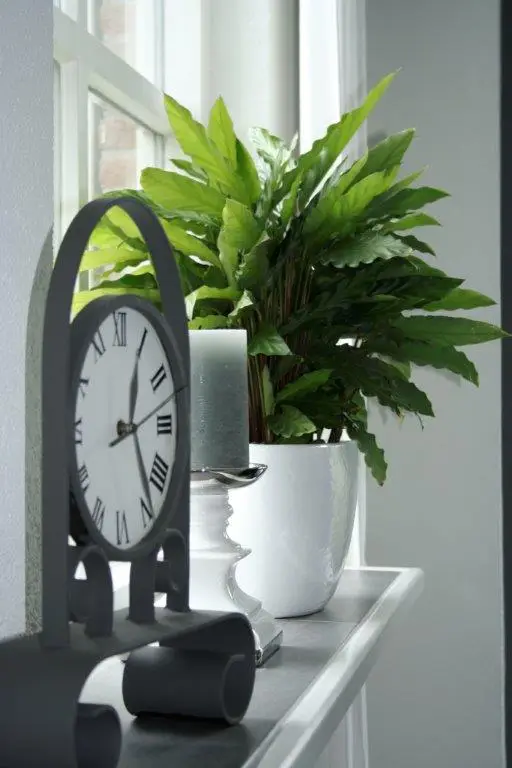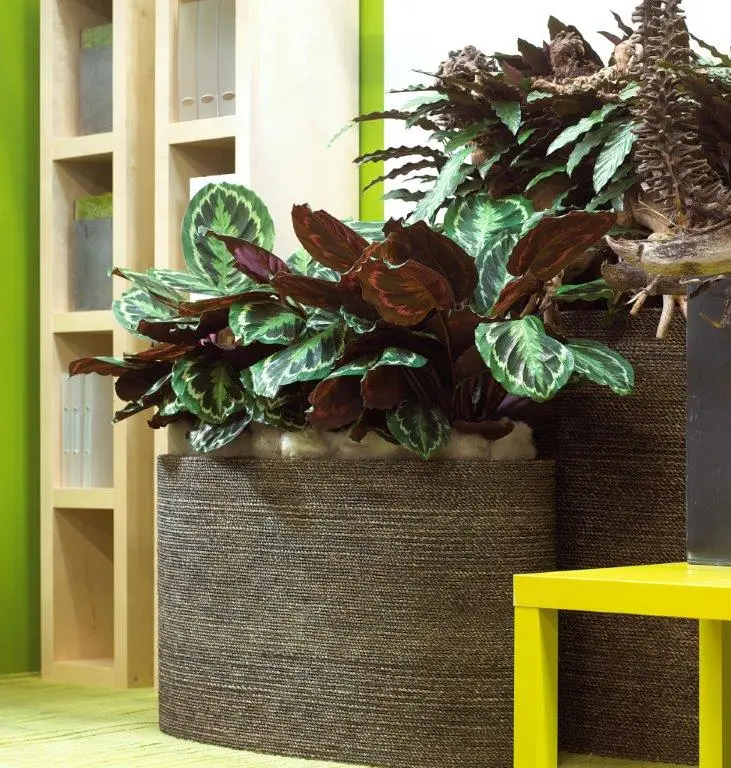Muscari
| Name: Calathea | Family: Marantaceae | Type Plant: Evergreen perennial |
| Flowering time: Rarely flowers indoors; flowers typically appear in late spring to summer if grown outdoors | Best time to buy: Year-round (as an indoor houseplant) | Max Height: Year-round (as an indoor houseplant) |
| Sun/Shadow: Prefers low to medium indirect light; avoid direct sunlight to prevent leaf burn | Wintergreen: Yes, evergreen | Humidity: High humidity is essential; mist regularly or use a humidifier to maintain moisture |
Origin
The Calathea is part of the Marantaceae family which originates in the jungles of South America and the Amazon region. The jungle plant grows in the tropical rainforests naturally in the shadow, and because of its origin, the Calathea naturally needs a moist soil at all times.
The name of this plant is derived from the Greek word ‘kalathos’ which means basket. This name refers to the shape of the Calathea leaves.
Characteristics
There are various sorts of the Calathea, and this plant is especially known for the great diversity of colours and shapes of the leaves. Mainly these colours are green or purple, and the most common leave shapes are oval or round.
Characteristic for this plant are the leaf drawings which come in all kinds of colours, such as silver, white, pink and various shades of grey. These leaf drawings determine the great attractive values of the Calathea.
Care
As mentioned before, the Calathea is used to a humid climate. That’s why this plant relatively needs a lot of water but in small amounts.
Throughout the year, it’s best to alternate the weeks by giving it water twice for the first week, and once for the next. The Calathea should be in a moist soil at all times and the best way to test if the soil is still moist is to simply feel with your finger.
This plant doesn’t need a lot of light, since it naturally grows in the shadow. It does like a warm place, but it also likes humidity. That’s why this plant is best displayed in-house but not next to a radiator or in draft.
Blooming time
Calathea plants are loved more because of their beautiful leaves than because of their flowers. There are species however that do bloom, but these flowers are mostly indistinctive. It’s better to get rid of the flowers to spare the plant some energy which it will then put in even more dazzling leaves and leaf drawings.
*Pictures of Teun Valstar















